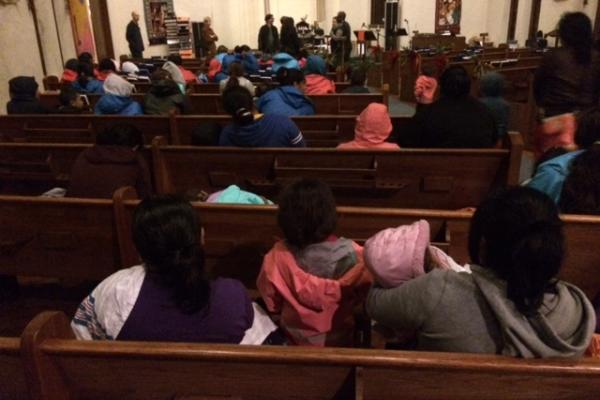Dec 9, 2016
In early December, Immigration and Customs Enforcement released nearly 500 women and children from Texas family detention centers, flooding San Antonio emergency shelters — and revealing the generosity of a city.
“After this weekend’s events San Antonio may not be a sanctuary city on paper, but it’s a sanctuary city just by the actions of the community,” said Amy Fischer, policy director for the RAICES in San Antonio.
Read the Full Article

Already a subscriber? Login
